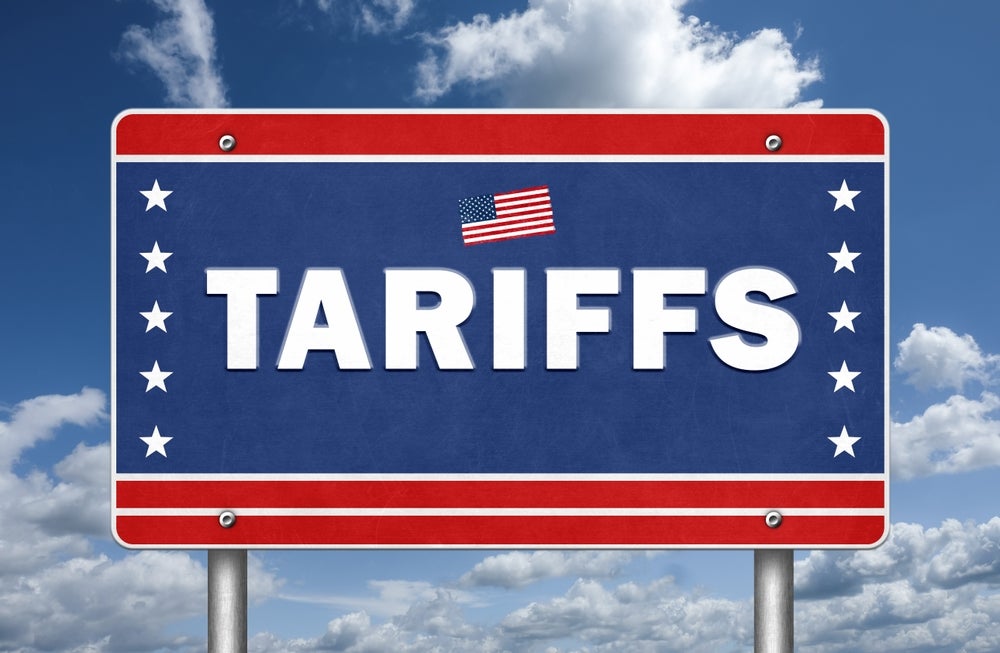
Embedded finance is becoming huge. Market watchers have bigged up this subsection of the fintech market for years. However, recently its momentum seems to have accelerated. Google searches for embedded finance have skyrocketed over the past two years. This spike has come in tandem with a smattering of funding rounds for startups spearheading the introduction of new embedded finance solutions. More recently, big banks have also started to vie for a piece of the pie.
Interest in embedded finance is growing for good reason. Juniper Research estimates that the market will be worth $138bn by 2026. Just a fraction of that market would go a long way to top up plenty of coffers. Another reason behind the growth is that the pandemic has forced businesses to diversify their offerings, including introducing new fintech solutions.
Despite these opportunities, the rollout of embedded finance also comes attached to new challenges. These challenges include concerns about data privacy and compliance to regulations. Failing to step up to either of these could end up being a costly affair.
These risks will hardly dissuade any market stakeholders from attempting to bite into the $138bn pie. That; however, leaves the questions of what embedded finance is, what it means for customers and what the opportunities are for market players.
What is embedded finance?
Embedded finance is exactly what it says on the tin: it means that a non-financial organsition/company can embed financial services solutions into its services.
Uber creating credit cards and instant earning services for its drivers are two examples of embedded finance solutions. Another application could be retailers adding a box for insurance for a TV in the customer journey. Buy-now-pay-later (BNPL) services also work as a type of embedded finance solution.
Essentially, if a non-financial organisation offers a financial service without disrupting the customer journey by taking them outside of the platform, you can usually be call it an embedded finance solution. Several companies have already jumped on the opportunity.
The concept is intimately linked to open banking. British and EU legislation forces big banks and financial institutions to share customer data with other firms, provided clients have consented for it to be shared. Smaller firms can thus plug into the data feeds. They usually do this by using an application programming interface (API). This empowers startups to provide better financial services such as insurance, lending and payment solutions.
While it’s hotly debated in the fintech sector how successful open banking has been and whether it was worth the cost of implementation, several startups have attempted to tap into this new market over the past five years. Embedded finance takes this concept just one step further by expanding it to not just fintech players, but to any company.
Who wants embedded finance?
There is massive demand for these services. Some 56% of retailers and ecommerce businesses in Europe are either planning to increase their offering or to start offering embedded finance solutions in the coming 12 months, according to research from banking-as-a-service (BaaS) provider Vodeno. But why would a retailer want to introduce an embedded finance solution?
“Customer experience innovation is the primary driving force behind offering embedded finance,” Nikhil Sengupta, global sales director at BaaS startup Vodeno, tells Verdict. “Traditional retailers, brands and ecommerce firms know their customers expect a seamless shopping experience. Actions that were once accepted as standard practice, such as being taken to an external payment portal, are no longer acceptable. Friction at any point during the checkout journey risks customers abandoning their shopping cart.”
Customers also seem to enjoy uninterrupted spending journeys. Nearly half of UK consumers are interested in insurance, loans and BNPL being offered at checkout, according to research from BaaS startup Tuum.
Retailers clearly have reason to introduce these solutions. However, doing so can be costly proposition. Most smaller businesses cannot afford to buy a financial solution of their own. It takes time and resources to make a solution smooth and ensure it complies with the wealth of regulations policing the industry.
Up until now, most companies have turned to fintech startups for these solutions. New ventures like Weavr, mmob and Hydrogen are just three companies that have secured funding over the years by empowering users with the help of APIs. This is a break from how these services have been provided in the past.
“Most of our financial interactions were previously facilitated by banks, but today, through banking-as-a-service (BaaS), brands across all sectors have access to innovative embedded banking solutions that are cost-effective and easy to integrate,” Sengupta says.
However, now it seems as they are facing growing competition from incumbent mammoths in the sector who are attempting to muscle in on the embedded finance sector.
Why are big players entering the fray?
There is no shortage of big players introducing embedded finance solutions. JP Morgan will use some of the investment bank’s humongous $12bn tech budget over the next year to be put towards developing embedded banking services. Its rival Goldman Sachs has announced its own banking-as-a-service portal for developers.
Barclays recently launched its Rise Start-Up Academy, which it describes as a “digital skills-building programme” for fintech entrepreneurs. The UK bank’s new project’s first focused initiative for helping build new ventures was themed embedded finance.
The pandemic has accelerated the adoption of embedded finance solutions. Startups have up until now paved the way. However, incumbent players have increasingly entered the fray too as a result of Covid-19. There are several reasons for that.
The first is that low interest rates has made it more challenging for big banks to compete on price. Secondly, the global health crisis made people more positive towards alternative financial service providers. Customers increasingly opt to use unsecured loans such as the ones offered by BNPL providers. This has eaten into big players’ bottomlines
“Such changes do not suggest all trust in incumbent banks has been lost, as on average consumers remain reluctant to move their deposits from traditional incumbents,” GlobalData’s researchers wrote in a recent report. “However, it is becoming clear that non-traditional financial services providers are gaining consumers’ trust and their attention.”
Big players have responded by becoming “more creative with their product propositions,” as noted by a recent GlobalData research report. The result has been a constant rollout of new services, including embedded finance solutions.
“Embedded finance gives established financial institutions such as Barclays and JP Morgan the opportunity to reach existing clients through different channels or cover non-strategic client segments in an efficient and systematic way,” Joerg Ruetschi, author of new book Transforming Financial Institutions, tells Verdict.
Embedded finance is not for the faint of heart
There is clearly a growing demand for embedded finance solutions. Businesses looking to introduce these services have a few hurdles to overcome.
“[API] integrations lead to operational challenges such as data confidentiality and ownership as well as security,” Ruetschi says. “This requires strong risk and compliance management frameworks and capabilities at the corporation partners which can involve huge reputational risks for financial institutions.
“At the same time, the competitive dynamics become unpredictable as open architecture platforms in the cloud have exhibited a winner-take-all dynamic.
“To illustrate an extreme outcome of this point, consider the circumstances that consumers may do all their banking services though a group of large retailers such as Amazon or Walmart as their core interface. The retailer may then decide with which financial institutions they want to work with. The profitability may shift naturally from financial institutions to nonbanks.”
GlobalData is the parent company of Verdict and its sister publications.







